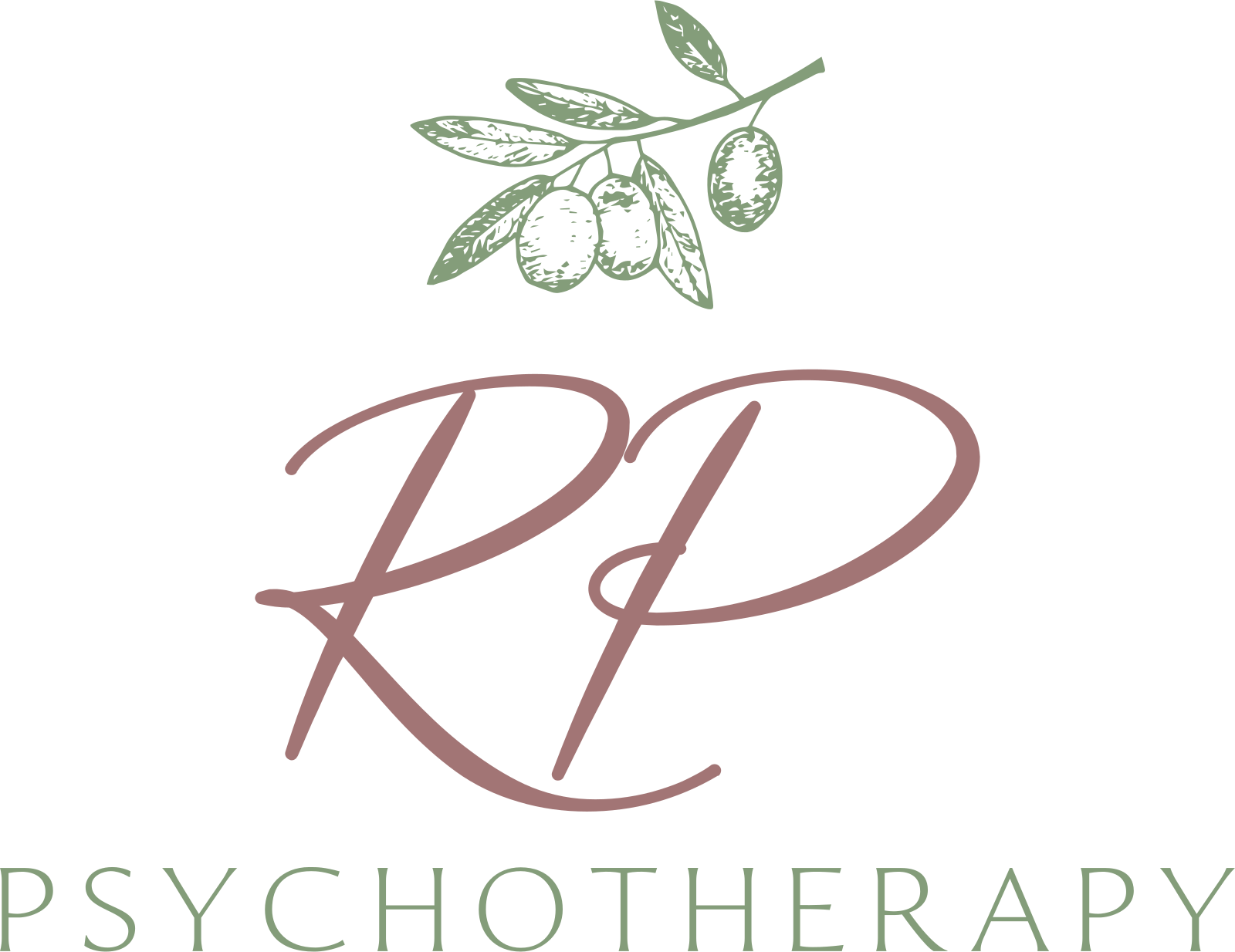
What to Expect in a Play & Art Therapy Session
What Happens During a Play Therapy Session?
Your child will be welcomed into a warm, inviting space that’s designed just for them. The room may include toys, figurines, puppets, and art materials —all carefully chosen to help express big emotions in a safe, natural way.
Some sessions are child-led, where your child explores freely. Others are gently guided by the therapist, who may introduce stories, games, or role-play to help explore certain themes or emotions.
The therapist doesn’t just observe—they join in when it feels right, noticing emotional cues and supporting your child in building confidence, coping skills, and emotional understanding. Each session ends with a gentle transition to help your child re-ground and return to their day feeling supported.
What to Expect in an Art Therapy Session
For Children & Teens:
Kids and teens are encouraged to create freely—there’s no pressure to make “good” art. Whether they’re using clay, paint, or collage, the process is about expression. The therapist might ask reflective questions or simply be present, allowing space for whatever emotions or stories come through the art.
For Adults:
Adult sessions often begin with a check-in, followed by creative exploration using prompts or self-chosen materials. As you create, your therapist may gently reflect on the themes that surface or link them to what you’re experiencing in life. It’s a calming process that offers clarity, connection, and emotional release—no art background required.
How Long Does It Take for Play & Art Therapy to Work?
Some people feel a shift in just a few sessions. Others find that deeper change comes with consistent support over several months—especially when healing from trauma, anxiety, or long-standing challenges.
There’s no rush here. We check in regularly to make sure things feel helpful and supportive, and we celebrate every small step forward.
Tools & Techniques Used in Play & Art Therapy
Play Therapy Tools We May Use:
- Child-led or therapist-guided play
- Figurines, puppets, and dramatic play
- Therapeutic storytelling and role-playing
- Games that teach emotional regulation
- Sensory play (clay, water, textured materials)
Art Therapy Tools We May Explore:
- Drawing, painting, or sculpting
- Collage, art journaling, or visual storytelling
- Mandalas, masks, and symbolic imagery
- Emotion wheels and color-based expression
- Creative prompts tied to life events or emotions
Every tool is introduced gently and adapted to match comfort level, age, and personal expression style. There’s no right or wrong way—just space to explore and grow.
How We Use Toys and Stories
- Toys and puppets invite role-playing, offering a way to act out fears, conflicts, or relationships
- Stories, whether created, told, or acted out, help give structure to feelings that may be hard to explain directly
These tools help kids (and sometimes teens and adults) work through tough emotions without having to find the “right” words.
Ready to Take That First Step?
Let’s chat about what Play & Art therapy could look like for you or your child.
Copyright © 2024 rppsychotherapy.com All rights reserved



